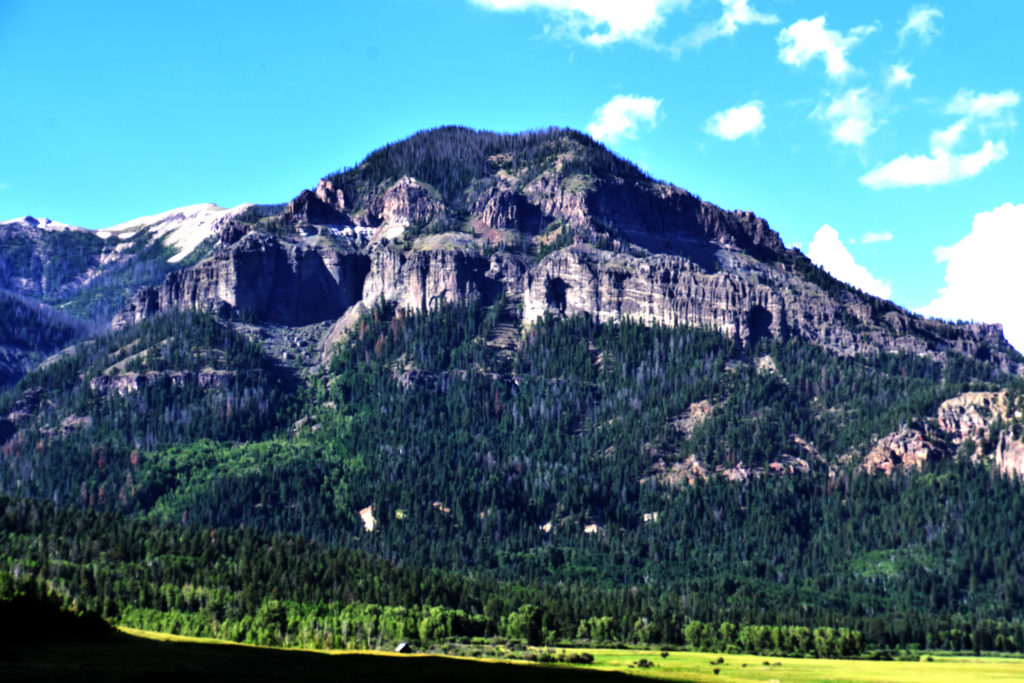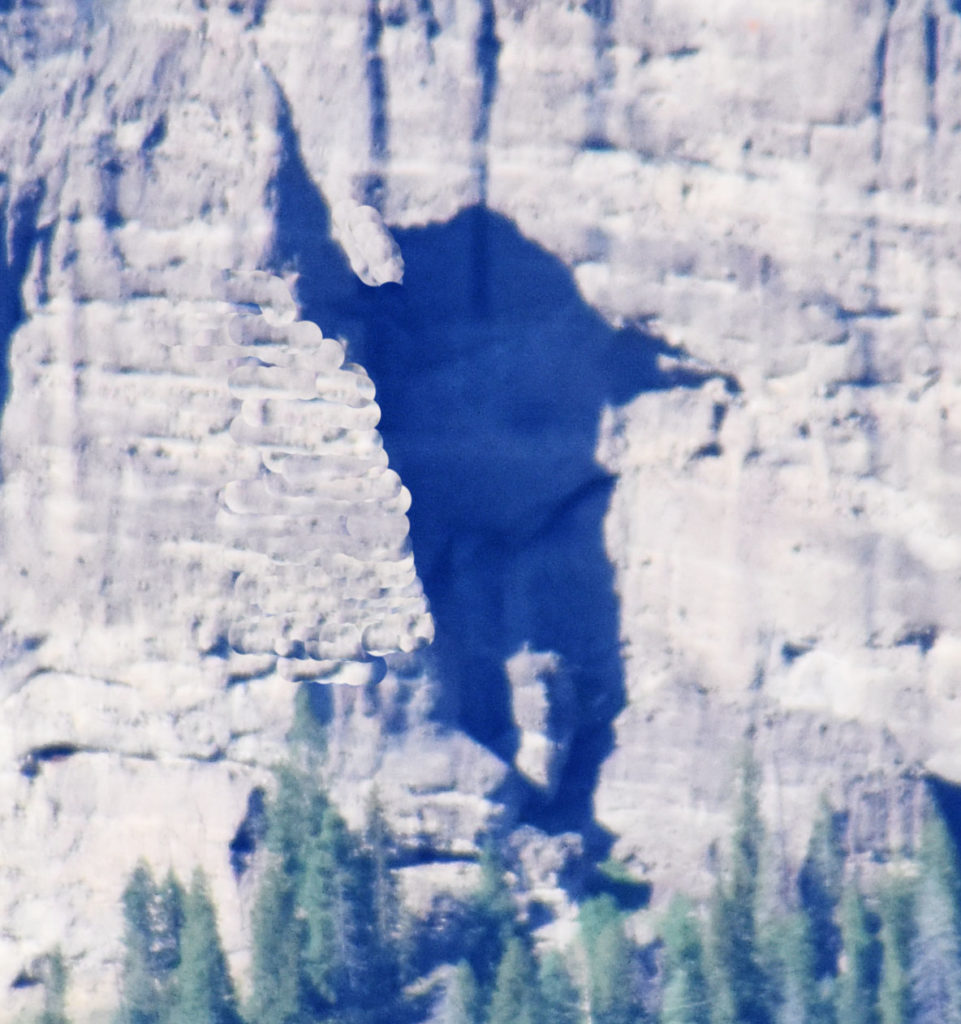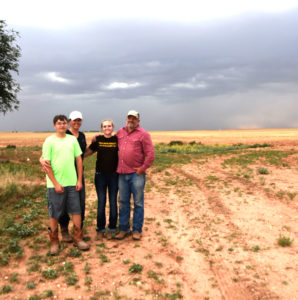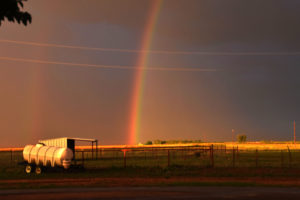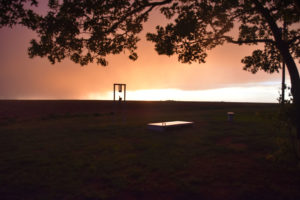Comanches
“The event was magnificent, surreal, doomed, absurd and bizarre, and surely one of the greatest displays of pure western pageantry ever seen.” So writes S.C. Gwynne in his marvelous book on the Comanche Indians, “Empire of the Summer Moon.” Gwynne is describing a conference which was the last great gathering of free Indians in the American West. It took place at Medicine Lodge Creek, a place where the Kiowa Indians held medicine dances, in October 1867. In addition to the 4,000 Indians in attendance from the Comanche, Arapaho, Kiowa and Kiowa Apache tribes with their hundreds of lodges set up across the Plains, members of the U.S. peace commission had arrived with a wagon train of supplies. Also arriving was William Tecumseh Sherman fresh from his destruction of the South in the just ended Civil War. Sherman brought with him the Army of the West – 500 mounted soldiers in dress uniform who, to add finality to the event, dragged their lethal snub-nosed mountain howitzers behind.
The conference began with an address by the Commissioner of Indian Affairs, and then according to Alfred A. Taylor, at the council as a reporter and later to become governor of Tennessee, a most extraordinary thing happened. Quoting from Taylor:
“By this time, thousands of mounted warriors could be seen concentrating and forming themselves into a wedge-shaped mass, the edge of the wedge pointing towards us. In this sort of mass formation, with all their war paraphernalia, their horses striped with war paint, the riders bedecked with war bonnets and their faces painted red, they came charging in full speed towards our columns…
When within a mile of the head of our procession, the wedge, without hitch or break, quickly threw itself into the shape of a huge ring or wheel without hub or spokes, whose rim consisted of five distinct lines of these wild, untutored, yet inimitable horsemen. This ring, winding around and around with the regularity and precision of well-oiled machinery, approached nearer and nearer to us with every revolution. Reaching within a hundred yards of us at breakneck speed, the giant wheel or ring ceased to turn and suddenly came to a standstill.”
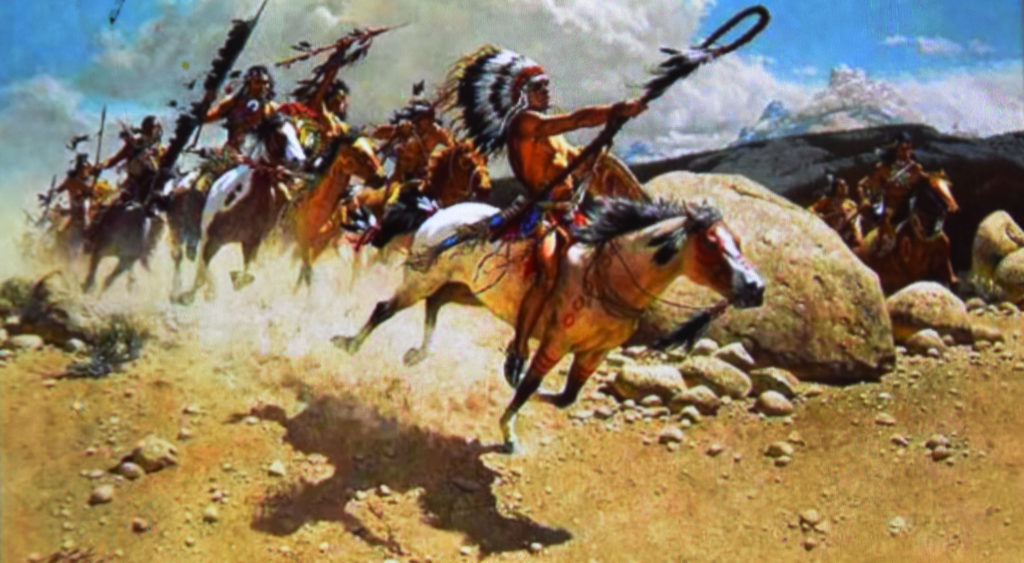
This display greatly impressed the whites and required not a little faith as the soldiers quietly sat their mounts while the Indians galloped towards them at full speed. The remarkable performance was at once heroic and very sad. It recreated the spectacle of Plains warfare engaged in since the coming of the horse and also signaled the end of this culture of nomadic hunter-gatherers who were now being told they must abandon their ways and move to reservations. Many Indians chose not to comply, but a tragedy was in the making. The buffalo hunters arrived and between 1868 and 1882 thirty million bison were exterminated across the Great Plains. The Indians’ sustenance was no more.
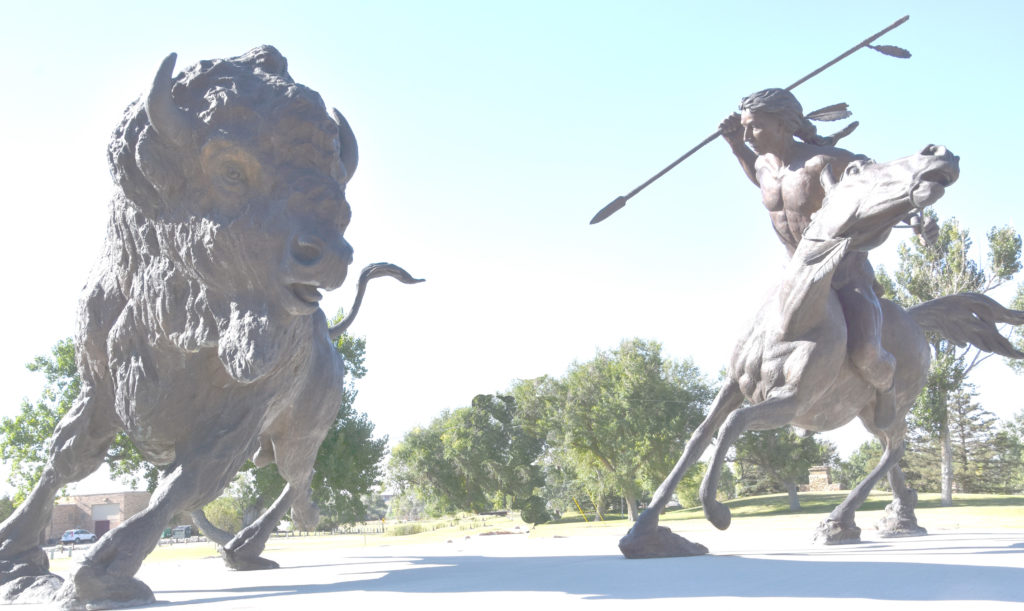
Now buffalo were gone, gold was discovered and an unending stream of Easterners had arrived. These whites had crisscrossed their land with wagon trails. They were looking to homestead the Plains or cross the Indians’ homeland on their way to the newly opened west coast. More forts were built and the white man’s towns were encroaching.
Historically, if you were a Comanche Indian boy of five or six, you had two jobs. You did not gather wood nor tote water. You did not dress buffalo, tan hides, sew clothes, prepare food, set or break camp. Your responsibilities were to ride a horse and shoot a bow and arrow. The Comanches were a tribe of warriors and in subjugating many tribes of the southern Plains they showed their prowess. Their wealth was in land controlled and horses owned.
And so it was of little concern when foot soldiers arrived west of the Mississippi in the 1850’s and set up a string of isolated forts to protect those moving west. The Comanches were on horseback and would attack soldiers, prospectors, homesteaders, wagon trains, and all others invading their country. At this time whites carried weapons that could get off one shot a minute with muzzle-loading long rifles. As Alfred Taylor had witnessed, the Indians on attack would gallop in ever tightening concentric circles. At close range these remarkable horsemen would then drop to the far side of their horse’s neck, protected from rifle fire, and in quick succession shoot five well-aimed arrows in that same minute of time. For hand-to-hand combat, Indians carried shields and nine-foot lances.
So the Indian Wars were balanced in the Indians’ favor at the start, but the whites kept coming, especially after the Civil War ended, and their weaponry improved. Samuel Colt developed his 6-shooter when he was told that his first gun’s barrel was too short and to be more effective against Indians it needed one more chamber. His initial revolver had carried five shots. And the newly deployed mountain howitzer was a nasty gun that had saved Kit Carson and his men from certain annihilation at the Battle of Adobe Walls. Without it they would have faced the same fate as Custer.
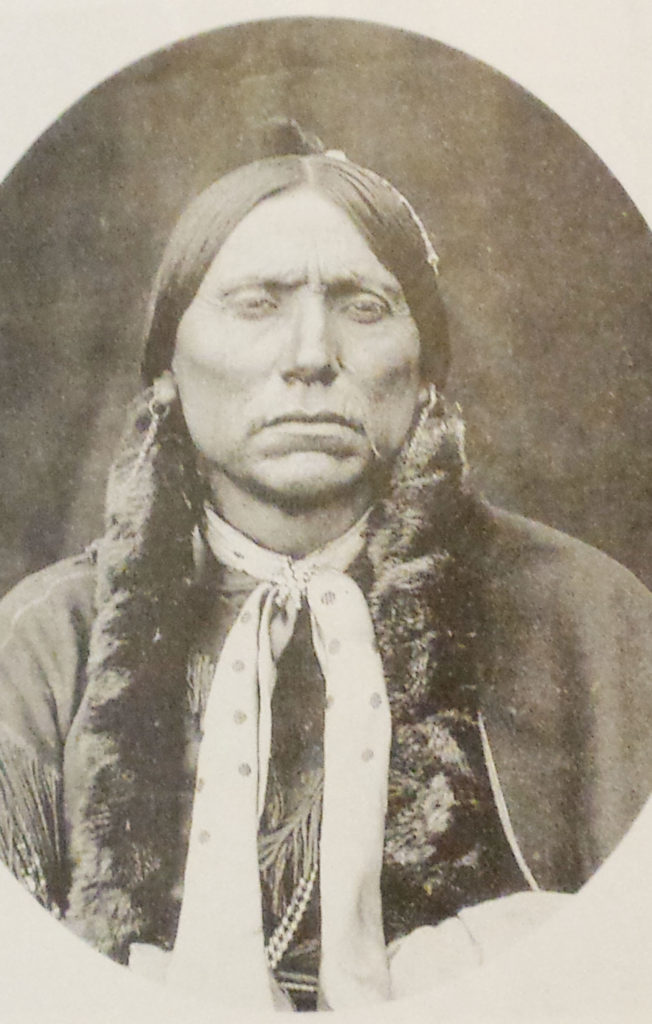
The Plains Indians retain a special place in the history of the U.S. – even from the first absurd Buffalo Bill Wild West Show that toured in this country and in Europe. It’s the story of supremely well-adapted aboriginals whose place we usurped. Following a successful buffalo hunt, the Comanches would return to the downed animals. The belly of a freshly killed buffalo would be opened and the liver and gallbladder removed. The still warm offal was then offered as a gift. The gallbladder was pierced and a stream of its bile was squirted over the raw liver and then the liver was eaten. This was often given to the children who relished the treat. The next time you are offered liver, ask for it raw and remember the Comanches.

